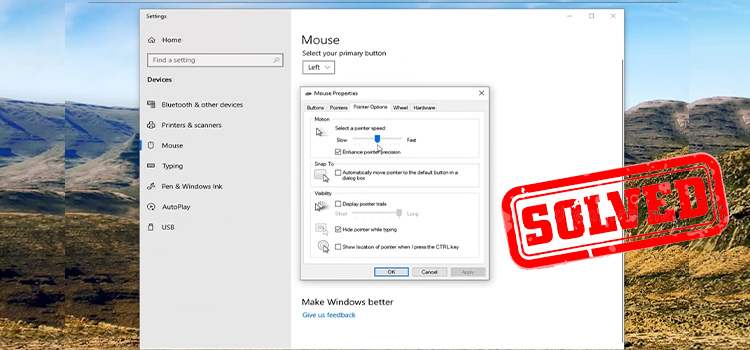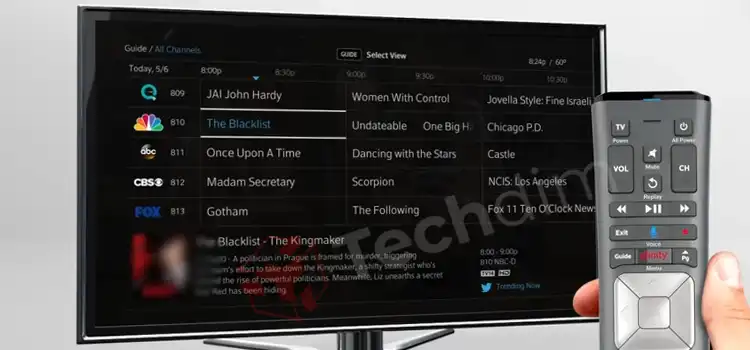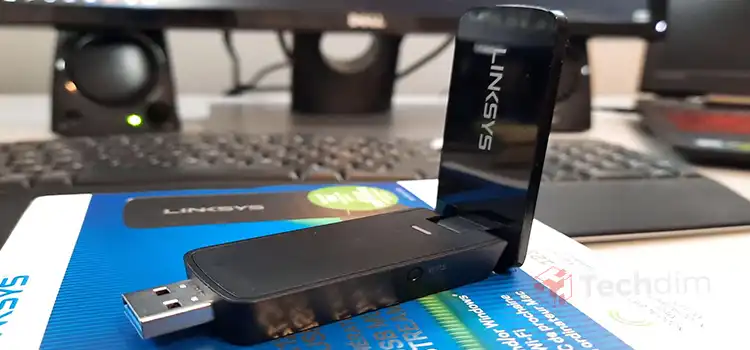How to Activate a Coaxial Outlet for Internet? What to Follow
While many of us are familiar with Wi-Fi, there’s another technology that plays a crucial role in delivering high-speed internet: coaxial cable. Coaxial outlets provide a physical connection for internet services and are commonly used by cable and some fiber internet providers.
Here, we will explore the reasons behind setting up a coaxial outlet for the internet, the steps on how to do it, offer some pro tips to enhance your experience, discuss potential downsides, and address frequently asked questions. So, without further ado, let’s begin.

Step 1: Gather Your Equipment
Before you begin, make sure you have the necessary equipment:
- Coaxial cable
- Modem
- Coaxial outlet on the wall
Step 2: Locate the Coaxial Outlet
Find the coaxial outlet in your home. It resembles a standard cable TV outlet and is usually located in a common area, such as the living room or bedroom.
Step 3: Connect the Coaxial Cable
Connect one end of the coaxial cable to the coaxial outlet on your wall. Ensure it is securely screwed in to maintain a strong connection.
Step 4: Connect the Coaxial Cable to the Modem
Connect the other end of the coaxial cable to the “Cable In” or “RF In” port on your modem. This establishes the physical connection between your home and the internet service provider.
Step 5: Power On the Modem
Plug in the modem’s power adapter and turn on the modem. Wait for it to boot up fully. The indicator lights on the modem should stabilize when it’s ready.
Step 6: Contact Your ISP
Most importantly, contact your internet service provider to activate your modem and provision your internet service. They will guide you through the activation process. You may need to provide them with your modem’s MAC address and your account information.
Step 7: Wait for Activation
After completing the activation process, it may take some time for your internet service to be fully active. Your ISP will provide an estimated wait time.
Step 8: Connect Your Router (if applicable)
If you have a separate router for Wi-Fi, connect it to the modem using an Ethernet cable. This step is necessary if you want to use a wireless network at home.
Step 9: Test Your Internet Connection
Once your internet service is active, test your connection by trying to access websites or use online services to ensure everything is working properly.
Pro Tips for a Smooth Coaxial Internet Setup
To enhance your experience with a coaxial internet connection, consider these pro tips:
Use High-Quality Coaxial Cables: Investing in quality coaxial cables can improve signal quality and reduce signal loss.
Secure Your Connections: Ensure that all cable connections are securely fastened. Loose connections can result in signal degradation.
Use a surge protector: To protect your modem and other networking equipment from power surges, consider using a surge protector.
Regularly Reboot Your Modem and Router: Rebooting your modem and router every few months can help maintain a stable connection.
Update Your Equipment: If you’ve had the same modem for several years, consider checking with your ISP to see if you’re eligible for a newer, more efficient model.
Why Set Up a Coaxial Outlet for Internet?
Here’s why you should use the coax outlet for the internet:
- Stability and Speed
Coaxial connections are known for their stability and capacity to handle high data transfer rates. This makes them ideal for streaming, online gaming, and other bandwidth-intensive activities.
- Dedicated Connection
Coaxial connections offer a dedicated line to your home, meaning you don’t share your connection with other users, as is often the case with DSL or shared Wi-Fi networks.
- Provider Support
If your internet service provider offers cable or fiber-optic internet, setting up a coaxial outlet ensures that you can fully utilize the service they provide.
- Wired Connection
Coaxial outlets provide a physical, wired connection, which can be more reliable than wireless connections, especially in densely populated areas with many Wi-Fi networks.
Are There Any Downsides to Using a Coaxial Outlet for the Internet?
While coaxial outlets offer many advantages, it’s essential to consider potential downsides:
Physical Limitations: Coaxial cable connections are limited in terms of the distance they can cover, which can be a disadvantage for larger homes or businesses.
Installation Complexity: Setting up a coaxial outlet might require professional installation in some cases, which can add to the setup cost.
Limited Providers: Not all internet service providers offer coaxial-based internet services. Availability can vary by location.
Signal Degradation: Over long cable runs, coaxial signals can degrade, affecting internet speeds.
Less Flexibility: Coaxial connections are less flexible than wireless connections, making it challenging to move your equipment around your home.
Other Popular Queries
Can I use a coaxial outlet for the internet with any ISP?
Not necessarily. Coaxial outlets are primarily used by cable and some fiber internet providers. Check with your ISP to determine the type of connection they offer.
Do I need a separate router for Wi-Fi if I have a coaxial internet connection?
It depends on your setup. Some modems come with built-in routers, while others require a separate router for Wi-Fi. If you need Wi-Fi, you’ll likely need a router.
What is a MAC address, and why do I need it for activation?
A MAC (Media Access Control) address is a unique identifier for your modem’s network interface. Your ISP uses it to provision your modem specifically for your account.
Can I move my coaxial internet setup to a different room in my home?
Moving your setup to a different room may require additional coaxial cable runs and professional installation. Consult your ISP for guidance.
How can I troubleshoot common issues with a coaxial internet connection?
Common troubleshooting steps include rebooting your modem and router, checking for loose connections, and contacting your ISP if you experience persistent issues.
- Step 1: Gather Your Equipment
- Step 2: Locate the Coaxial Outlet
- Step 3: Connect the Coaxial Cable
- Step 4: Connect the Coaxial Cable to the Modem
- Step 5: Power On the Modem
- Step 6: Contact Your ISP
- Step 7: Wait for Activation
- Step 8: Connect Your Router (if applicable)
- Step 9: Test Your Internet Connection
- Why Set Up a Coaxial Outlet for Internet?
- Are There Any Downsides to Using a Coaxial Outlet for the Internet?
- Other Popular Queries
Subscribe to our newsletter
& plug into
the world of technology





